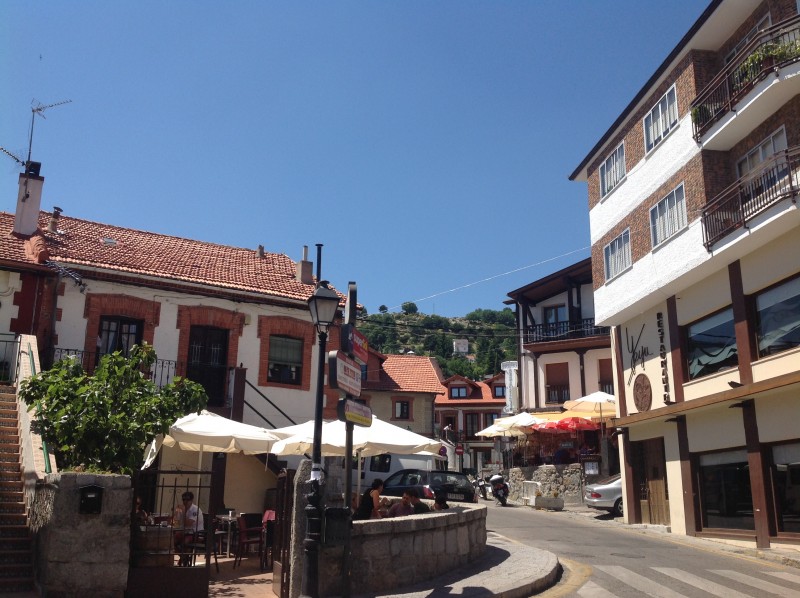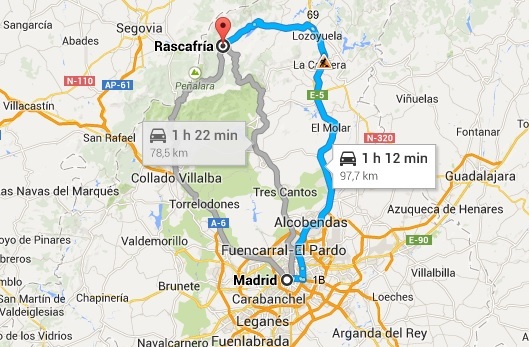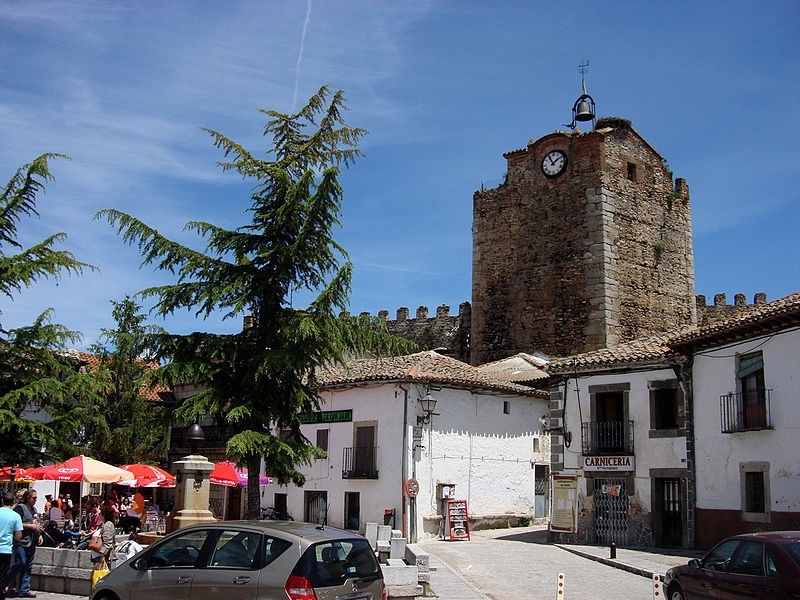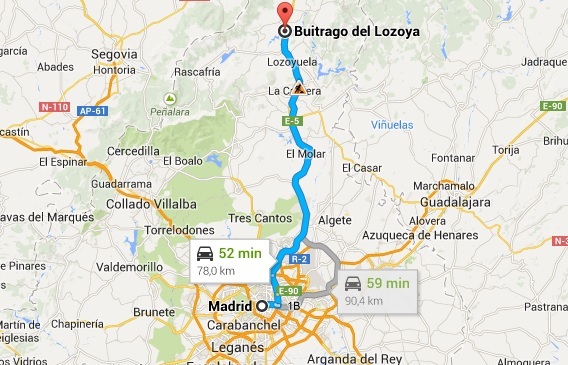Stunning Local Olive Grove Tour, in English! – Proyecto Los Aires
In 2013, biologists Guillermo and Laura – Spain’s newest generation of olive farmers – took over the family business and embarked on an innovative mission: to connect the local countryside with the city of Madrid and make farming a sustainable way of life once again.
How it all started:
Over a century ago, in a small town in the region of Toledo, Guillermo’s great grandfather planted his first grove of around 200 olive trees, and between the evenly spaced olive saplings grew rows of sun-drenched grapevines.
A hundred odd years later, only the footprints of the old vines are visible, but the olive trees have grown beautifully gnarled and twisted, with silver miniature leaves and shiny hard fruit, ready for the annual harvest of some of the tastiest organic extra virgin olive oil in Spain.
Guillermo and Laura’s story:
Olive farming has been in both of their families for generations, inspiring them to study biology at university, which is where they met. From early on, they drew sketches on scraps of paper illustrating grand ambitions to re-bond our booming capital with its rural backyard, enthusiastically telling anyone who will listen about the genius that is the organic farming ecosystem (it’s genius).
By mid 2014, their dream had gathered enough steam for them to quit their jobs and make Proyecto Los Aires their life, and for being in the midst of an economic depression, it’s incredible how much they’ve already achieved.
The tour:
On Saturday, we headed out to their stunning olive grove in Arcicóllar, about an hour south of Madrid. When we arrived, we met up with our fellow tour buddies and set off on our educational meander through the olive trees.
Guillermo and Laura led us around their oldest plot and explained the process of creating olive oil: from planting and harvesting to filtering and bottling. Their scientific angle on the entire practice is fascinating, but I won’t say any more – the oohs and aahs are all part of the fun!
After the walking tour (and tanning opportunity), we sat down at a shaded table nestled idyllically among the centenarian trees. It was time for the tasting. This involved professionally sampling several olive oils in little blue glass cups, and learning how to tell the difference between generic supermarket oil and top-quality organic oil such as theirs.
And then came the food and wine. Through local connections and friends and family, Guillermo and Laura brought together a plethora of Iberian foodie gems for us to eat. A mercado on a table came to mind, and our tour companions’ similarly delighted reactions included lots of “mmm”s and “oh my God”s and jokey squabbles over who liked the pumpkin morcilla most. We chatted, talking about Guillermo and Laura’s endeavours as well as our own, then gratefully accepted Guillermo’s offer of a top-up of wine to accompany our final wander through the trees (and take a few grove-selfies). Finally, we had the opportunity to buy some of the delicious products we tasted that day.
After an eye-opening and mouth-watering experience, we said our goodbyes to the lovely Guillermo and Laura and hopped on the bus back to Madrid, desperate to get the word out to you!
The project explained:
Proyecto Los Aires aims to promote local agriculture by running educational tours & tastings on their farm and forging a direct link between urban consumers and the rural economy. Their oil (Los Aires Extra Virgin Olive Oil) can be found in gourmet shops such as Oleoteca Murúa at Mercado San Antón. Guillermo and Laura also regularly sell their oil in markets across Madrid such as Mercado de Motores, Mercado Central de Diseño, Nómada Market and Gastro Market. Next time you’re there, go and say hello!
How to get there:
The meeting point for the tour is the bus stop in the town of Arcicóllar (see location here). Regular buses (see timetable here) will get you there from Madrid’s Méndez Alvaro bus station in just over an hour. If you’re driving, it takes around 50 minutes from central Madrid.
Details & Contact Info:
Tours run year-round on any day of the week or weekend and must be booked at least 48 hours in advance.
The website is in English and Spanish! For more information about the tour, pricing, and to book, click here.













